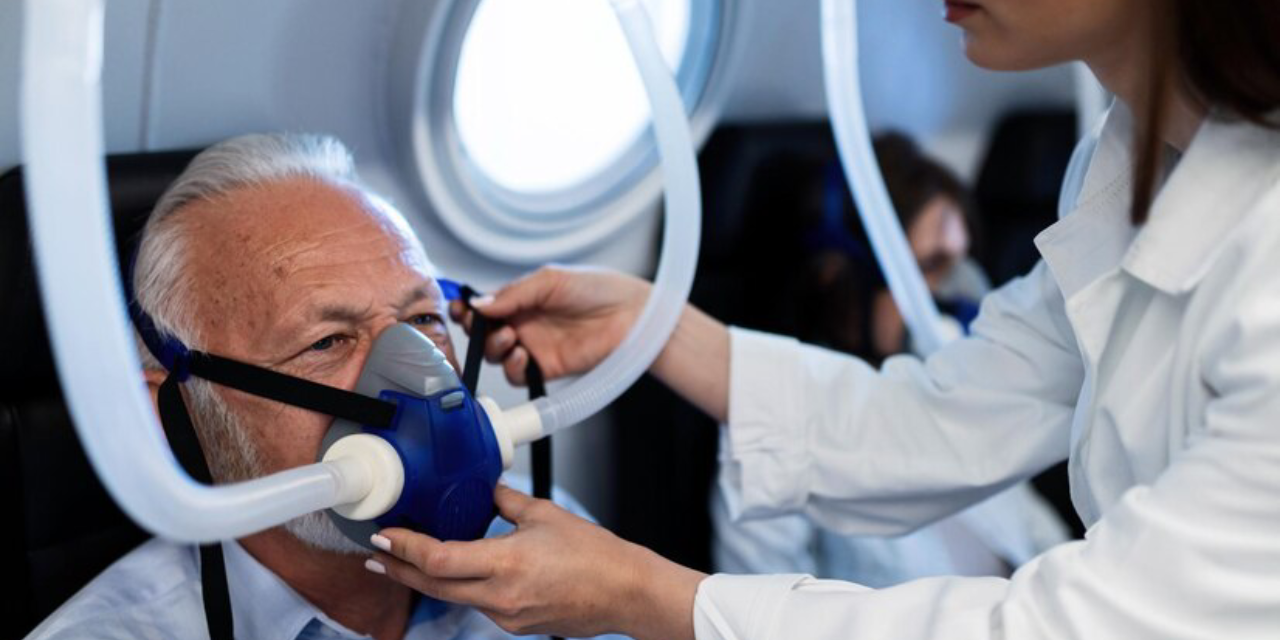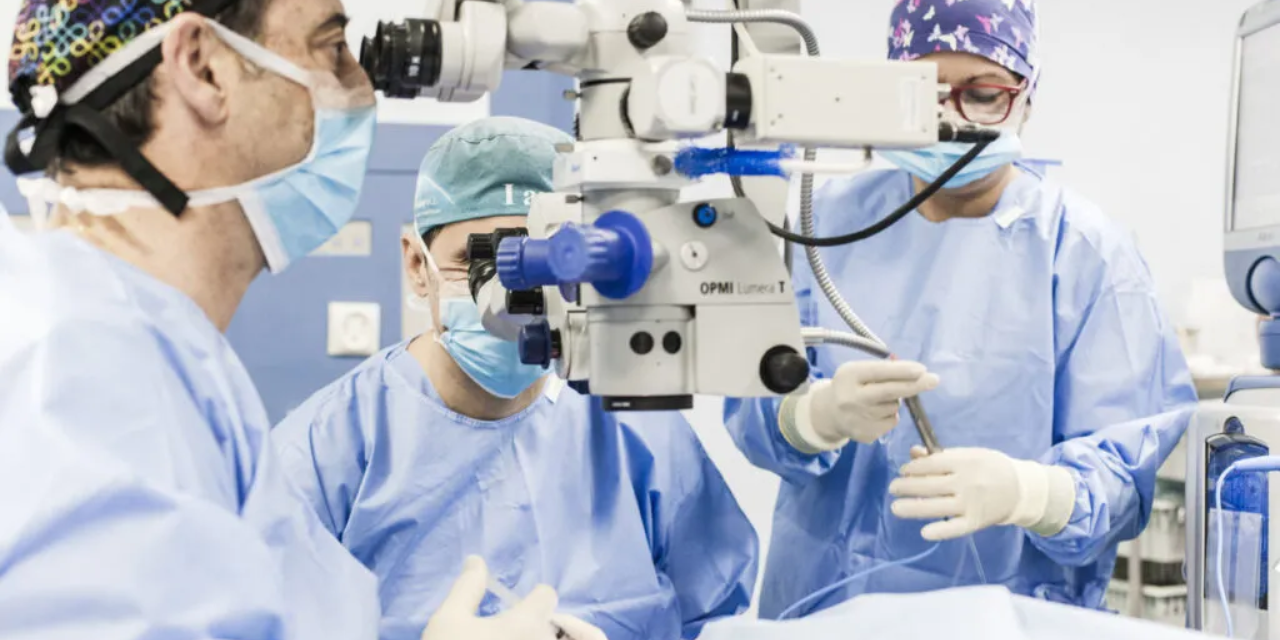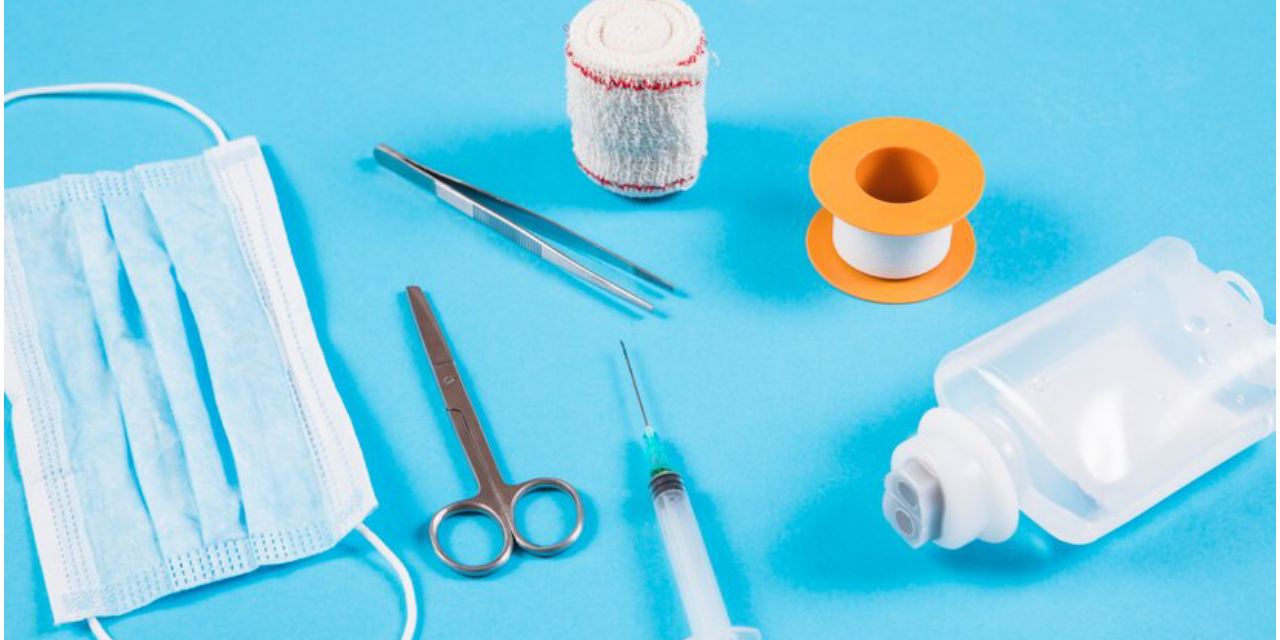Introduction: Selecting the right medical equipment for nephrology and urology is crucial for effective patient care and operational efficiency in healthcare settings. With numerous options available, healthcare providers must carefully evaluate their choices to ensure they meet the specific needs of their patients and practice. This blog post outlines key considerations to keep in mind when choosing medical equipment in these specialized fields.
**1. Patient Needs and Treatment Goals:
- Personalized Solutions: Discuss how understanding the specific needs of patients and the goals of treatment can guide the selection of equipment that offers the best outcomes.
- Procedure Compatibility: Highlight the importance of choosing equipment that is compatible with the types of procedures and treatments commonly performed in nephrology and urology.
**2. Quality and Reliability:
- Durability: Emphasize the need for high-quality, durable equipment that can withstand frequent use and perform reliably over time.
- Brand Reputation: Explain how selecting equipment from reputable manufacturers known for their quality and reliability can reduce the risk of equipment failure and ensure consistent performance.
**3. Technology and Innovation:
- Latest Features: Explore the benefits of choosing equipment with the latest technological advancements, such as improved imaging capabilities, enhanced monitoring features, and more efficient dialysis processes.
- Future-Proofing: Discuss how investing in innovative equipment can future-proof your practice by accommodating new treatments and technologies.
**4. Ease of Use and Training:
- User-Friendly Design: Describe the importance of selecting equipment with intuitive interfaces and user-friendly controls to facilitate ease of use by healthcare staff.
- Training and Support: Highlight the value of equipment that comes with comprehensive training and support to ensure staff can effectively operate and maintain it.
**5. Cost and Budget Considerations:
- Initial Investment vs. Long-Term Costs: Discuss the balance between the initial cost of equipment and its long-term value, including maintenance, operational costs, and potential savings from reduced complications.
- Financing Options: Explore available financing options or leasing agreements that can make acquiring high-quality equipment more manageable for healthcare facilities.
**6. Regulatory Compliance and Safety:
- Compliance Standards: Ensure that the equipment meets industry standards and regulatory requirements to guarantee safety and effectiveness.
- Safety Features: Highlight the importance of selecting equipment with built-in safety features to minimize the risk of errors and improve patient outcomes.
Conclusion: Choosing the right medical equipment for nephrology and urology is a critical decision that impacts patient care and operational efficiency. By considering factors such as patient needs, equipment quality, technological advancements, ease of use, cost, and regulatory compliance, healthcare providers can make informed choices that enhance their practice and deliver better outcomes.
Call to Action: Encourage healthcare providers to evaluate their current equipment and consider upgrading to solutions that meet the latest standards and technological advancements. Invite them to contact JET Services International for expert advice and support in selecting the best medical equipment for their nephrology and urology needs.





